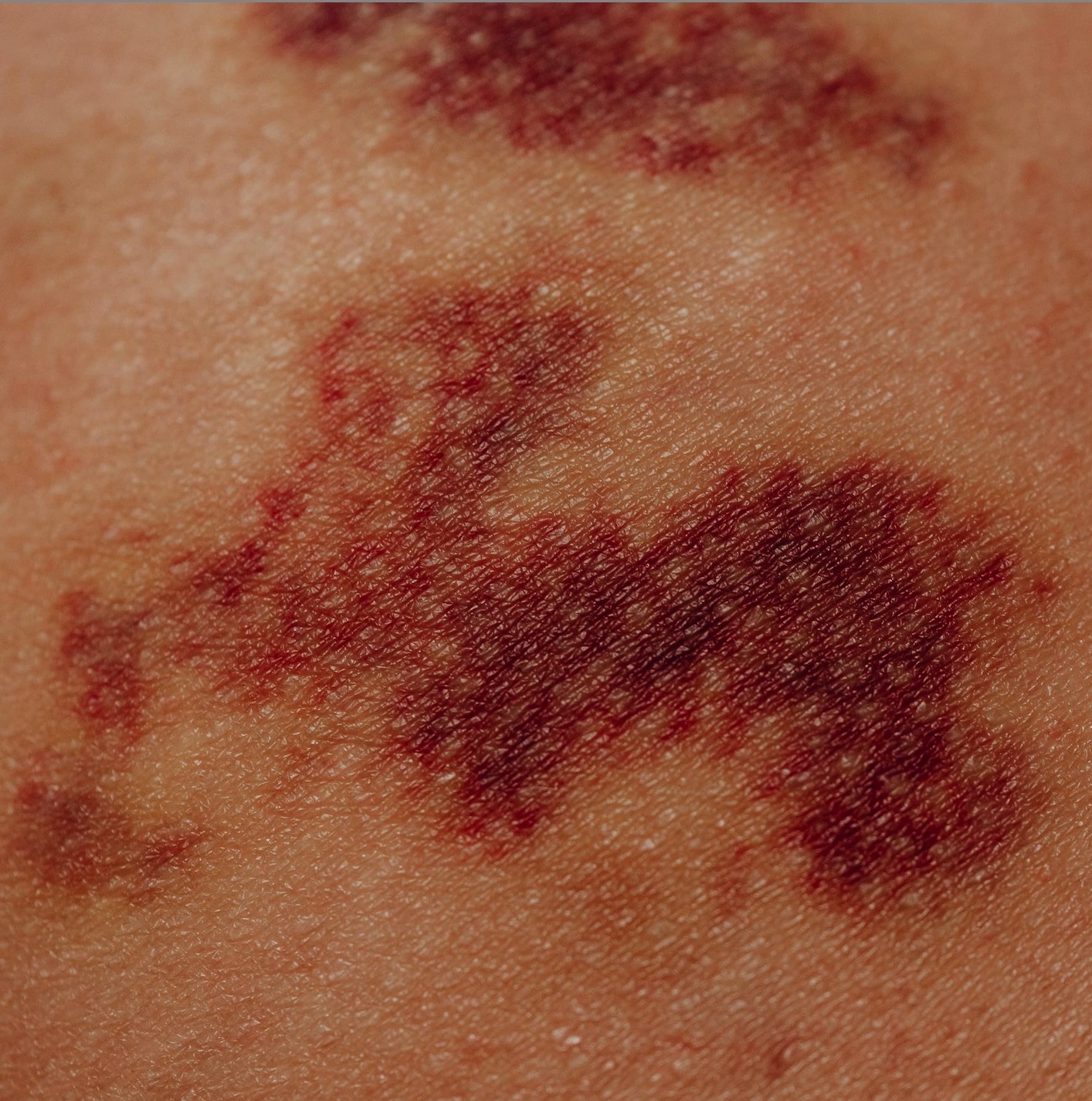Eosinophilic fasciitis in a young male auto mechanic exposed to organic solvents

All claims expressed in this article are solely those of the authors and do not necessarily represent those of their affiliated organizations, or those of the publisher, the editors and the reviewers. Any product that may be evaluated in this article or claim that may be made by its manufacturer is not guaranteed or endorsed by the publisher.
Authors
We report a case of eosinophilic fasciitis in a teenage auto mechanic who was most likely affected by occupational exposure to organic solvents, including the aromatic hydrocarbons benzene, trimethylbenzene, naphthalene, toluene, and xylene. The patient presented with an 8-month history of painful induration of his extremities and an abnormal gait. A deep excisional biopsy of the fascia was obtained, demonstrating subcutaneous fibrosis with perivascular and interstitial inflammation, with lymphocytes and plasma cells spilling into the sclerosed fascia, and focal fibrinoid necrosis. Treatment was begun with intravenous pulse doses of methylprednisolone, prednisone (20 mg daily), and subcutaneous methotrexate (25 mg weekly), and the patient’s painful induration had resolved and gait had normalized at the 6-month follow-up. Our case suggests that exposure to organic solvents could be implicated in the pathogenesis of eosinophilic fasciitis and highlights the importance of a thorough occupational history to prevent repeat exposures to potentially causative agents.
How to Cite

This work is licensed under a Creative Commons Attribution-NonCommercial 4.0 International License.
PAGEPress has chosen to apply the Creative Commons Attribution NonCommercial 4.0 International License (CC BY-NC 4.0) to all manuscripts to be published.












